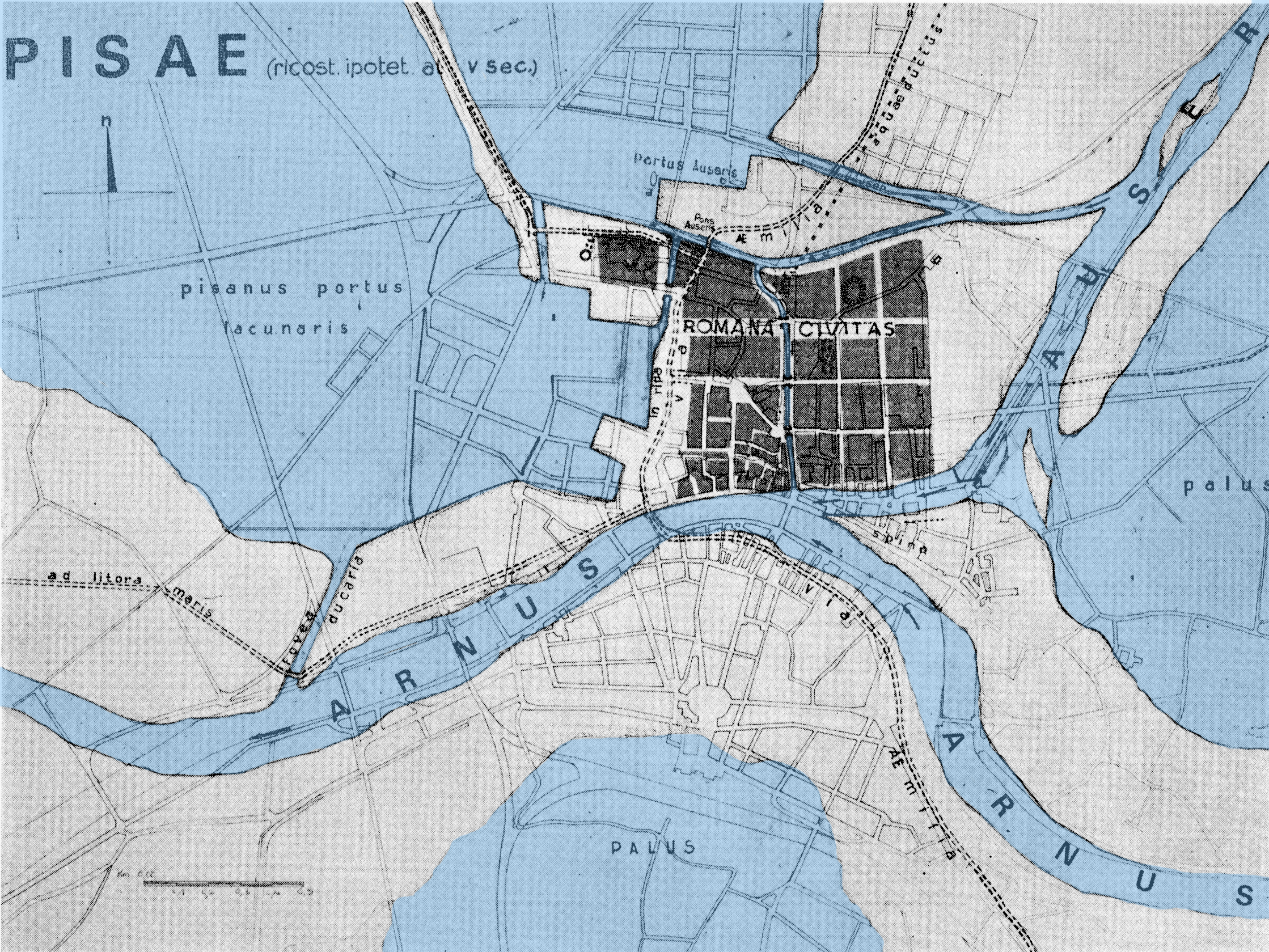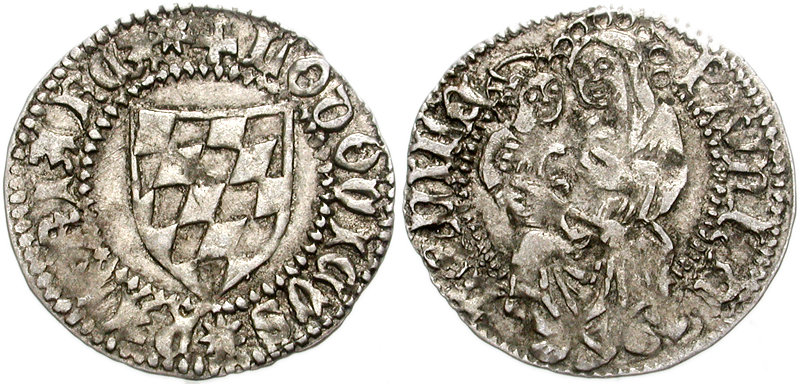|
Christ Enthroned With The Virgin And St John
''Christ enthroned with the Virgin and St John'' (Italian: ''Cristo in trono tra la Vergine e san Giovanni'') is a mosaic (385x223 cm) in the apse of Pisa Cathedral. It is famous for the depiction of John the Evangelist, the last work by the Italian medieval artist Cimabue. It is also the only work of his, which is dated and has historical documentation attributing it to Cimabue. Cimabue took over the work on the mosaic after Francesco da Pisa, who completed the figure of Christ. Cimabue worked on the mosaic for 94 days until 19 February 1302 and was specifically stated to have finished the figure of St. John by that date. The whole mosaic, including the figure of Virgin, was only completed by the third artist, Vincino da Pistoia in 1321, almost 20 years after Cimabue's death. The attribution to Cimabue is possible due to documented weekly payments of 10 soldi "Soldi" (; ) is a song recorded by Italian singer Mahmood. It was released on 6 February 2019, as the fifth single f ... [...More Info...] [...Related Items...] OR: [Wikipedia] [Google] [Baidu] |
Cimabue
Cimabue (; ; – 1302), Translated with an introduction and notes by J.C. and P Bondanella. Oxford: Oxford University Press (Oxford World’s Classics), 1991, pp. 7–14. . also known as Cenni di Pepo or Cenni di Pepi, was an Italian painter and designer of mosaics from Florence. Although heavily influenced by Byzantine models, Cimabue is generally regarded as one of the first great Italian painters to break from the Italo-Byzantine style. While medieval art then was scenes and forms that appeared relatively flat and highly stylized, Cimabue's figures were depicted with more advanced lifelike proportions and shading than other artists of his time. According to Italian painter and historian Giorgio Vasari, Cimabue was the teacher of Giotto, the first great artist of the Italian Proto-Renaissance. However, many scholars today tend to discount Vasari's claim by citing earlier sources that suggest otherwise. Life Little is known about Cimabue's early life. One source that ... [...More Info...] [...Related Items...] OR: [Wikipedia] [Google] [Baidu] |
Pisa
Pisa ( , or ) is a city and ''comune'' in Tuscany, central Italy, straddling the Arno just before it empties into the Ligurian Sea. It is the capital city of the Province of Pisa. Although Pisa is known worldwide for its leaning tower, the city contains more than twenty other historic churches, several medieval palaces, and bridges across the Arno. Much of the city's architecture was financed from its history as one of the Italian maritime republics. The city is also home to the University of Pisa, which has a history going back to the 12th century, the Scuola Normale Superiore di Pisa, founded by Napoleon in 1810, and its offshoot, the Sant'Anna School of Advanced Studies.Scuola Superiore Sant'Anna di Pisa Information statistics History
|
Pisa Cathedral
Pisa Cathedral ( it, Cattedrale Metropolitana Primaziale di Santa Maria Assunta; Duomo di Pisa) is a medieval Roman Catholic cathedral dedicated to the Assumption of the Virgin Mary, in the Piazza dei Miracoli in Pisa, Italy, the oldest of the three structures in the plaza followed by the Pisa Baptistry and the Campanile known as the Leaning Tower of Pisa. The cathedral is a notable example of Romanesque architecture, in particular the style known as ''Pisan Romanesque''. Consecrated in 1118, it is the seat of the Archbishop of Pisa. Construction began in 1063 and was completed in 1092. Additional enlargements and a new facade were built in the 12th century and the roof was replaced after damage from a fire in 1595. History Construction on the cathedral began in 1063 (1064 according to the Pisan calendar of the time) by the architect Buscheto, and expenses were paid using the spoils received fighting against the Muslims in Sicily in 1063. It includes various stylistic elem ... [...More Info...] [...Related Items...] OR: [Wikipedia] [Google] [Baidu] |
Cimabue 001
Cimabue (; ; – 1302), Translated with an introduction and notes by J.C. and P Bondanella. Oxford: Oxford University Press (Oxford World’s Classics), 1991, pp. 7–14. . also known as Cenni di Pepo or Cenni di Pepi, was an Italian painter and designer of mosaics from Florence. Although heavily influenced by Byzantine models, Cimabue is generally regarded as one of the first great Italian painters to break from the Italo-Byzantine style. While medieval art then was scenes and forms that appeared relatively flat and highly stylized, Cimabue's figures were depicted with more advanced lifelike proportions and shading than other artists of his time. According to Italian painter and historian Giorgio Vasari, Cimabue was the teacher of Giotto, the first great artist of the Italian Proto-Renaissance. However, many scholars today tend to discount Vasari's claim by citing earlier sources that suggest otherwise. Life Little is known about Cimabue's early life. One source that recoun ... [...More Info...] [...Related Items...] OR: [Wikipedia] [Google] [Baidu] |
John The Evangelist
John the Evangelist ( grc-gre, Ἰωάννης, Iōánnēs; Aramaic: ܝܘܚܢܢ; Ge'ez: ዮሐንስ; ar, يوحنا الإنجيلي, la, Ioannes, he, יוחנן cop, ⲓⲱⲁⲛⲛⲏⲥ or ⲓⲱ̅ⲁ) is the name traditionally given to the author of the Gospel of John. Christians have traditionally identified him with John the Apostle, John of Patmos, and John the Presbyter, although this has been disputed by most modern scholars. Identity The Gospel of John refers to an otherwise unnamed "disciple whom Jesus loved", who "bore witness to and wrote" the Gospel's message.Theissen, Gerd and Annette Merz. The historical Jesus: a comprehensive guide. Fortress Press. 1998. translated from German (1996 edition). Chapter 2. Christian sources about Jesus. The author of the Gospel of John seemed interested in maintaining the internal anonymity of the author's identity, although interpreting the Gospel in the light of the Synoptic Gospels and considering that the author n ... [...More Info...] [...Related Items...] OR: [Wikipedia] [Google] [Baidu] |
Soldo
The soldo was an Italian medieval silver coin, issued for the first time in the late 12th century at Milan by Emperor Henry VI. The name derives from the late Roman coin '' solidus''. It quickly became widespread in Italy, where it was coined in Genoa, Bologna, and numerous other cities. In Venice, the soldo was minted from the reign of Francesco Dandolo onward, remaining in use also after the republic's dissolution in 1797 and during the Austrian occupation, until 1862. In the 14th century Florence, a ''soldo'' equaled of a '' lira'' and 12 '' denari''. As time passed, the ''soldo'' started to be coined in billon and, from the 18th century, in copper. During the reign of Leopoldo II of Tuscany (19th century), it was worth three '' quattrini''. The Napoleonic reformation of Italian coinage (early 19th century) made it worth 5 cents, while 20 ''soldi'' were needed to form a ''lira''. The term, used in medieval times to designate the pay of soldiers, became its synonym in b ... [...More Info...] [...Related Items...] OR: [Wikipedia] [Google] [Baidu] |
Italian Mosaic
Italian(s) may refer to: * Anything of, from, or related to the people of Italy over the centuries ** Italians, an ethnic group or simply a citizen of the Italian Republic or Italian Kingdom ** Italian language, a Romance language *** Regional Italian, regional variants of the Italian language ** Languages of Italy, languages and dialects spoken in Italy ** Italian culture, cultural features of Italy ** Italian cuisine, traditional foods ** Folklore of Italy, the folklore and urban legends of Italy ** Mythology of Italy, traditional religion and beliefs Other uses * Italian dressing, a vinaigrette-type salad dressing or marinade * Italian or Italian-A, alternative names for the Ping-Pong virus, an extinct computer virus See also * * * Italia (other) * Italic (other) * Italo (other) * The Italian (other) The Italian may refer to: * ''The Italian'' (1915 film), a silent film by Reginald Barker * ''The Italian'' (2005 film), a Russian film by An ... [...More Info...] [...Related Items...] OR: [Wikipedia] [Google] [Baidu] |
Paintings Depicting John The Apostle
Painting is the practice of applying paint, pigment, color or other medium to a solid surface (called the "matrix" or "support"). The medium is commonly applied to the base with a brush, but other implements, such as knives, sponges, and airbrushes, can be used. In art, the term ''painting ''describes both the act and the result of the action (the final work is called "a painting"). The support for paintings includes such surfaces as walls, paper, canvas, wood, glass, lacquer, pottery, leaf, copper and concrete, and the painting may incorporate multiple other materials, including sand, clay, paper, plaster, gold leaf, and even whole objects. Painting is an important form in the visual arts, bringing in elements such as drawing, composition, gesture (as in gestural painting), narration (as in narrative art), and abstraction (as in abstract art). Paintings can be naturalistic and representational (as in still life and landscape painting), photographic, abstract, narrative ... [...More Info...] [...Related Items...] OR: [Wikipedia] [Google] [Baidu] |
Paintings Depicting Jesus
Painting is the practice of applying paint, pigment, color or other medium to a solid surface (called the "matrix" or "support"). The medium is commonly applied to the base with a brush, but other implements, such as knives, sponges, and airbrushes, can be used. In art, the term ''painting ''describes both the act and the result of the action (the final work is called "a painting"). The support for paintings includes such surfaces as walls, paper, canvas, wood, glass, lacquer, pottery, leaf, copper and concrete, and the painting may incorporate multiple other materials, including sand, clay, paper, plaster, gold leaf, and even whole objects. Painting is an important form in the visual arts, bringing in elements such as drawing, composition, gesture (as in gestural painting), narration (as in narrative art), and abstraction (as in abstract art). Paintings can be naturalistic and representational (as in still life and landscape painting), photographic, abstract, nar ... [...More Info...] [...Related Items...] OR: [Wikipedia] [Google] [Baidu] |
Paintings Of The Virgin Mary
Painting is the practice of applying paint, pigment, color or other medium to a solid surface (called the "matrix" or "support"). The medium is commonly applied to the base with a brush, but other implements, such as knives, sponges, and airbrushes, can be used. In art, the term ''painting ''describes both the act and the result of the action (the final work is called "a painting"). The support for paintings includes such surfaces as walls, paper, canvas, wood, glass, lacquer, pottery, leaf, copper and concrete, and the painting may incorporate multiple other materials, including sand, clay, paper, plaster, gold leaf, and even whole objects. Painting is an important form in the visual arts, bringing in elements such as drawing, composition, gesture (as in gestural painting), narration (as in narrative art), and abstraction (as in abstract art). Paintings can be naturalistic and representational (as in still life and landscape painting), photographic, abstract, narra ... [...More Info...] [...Related Items...] OR: [Wikipedia] [Google] [Baidu] |




.jpg)



